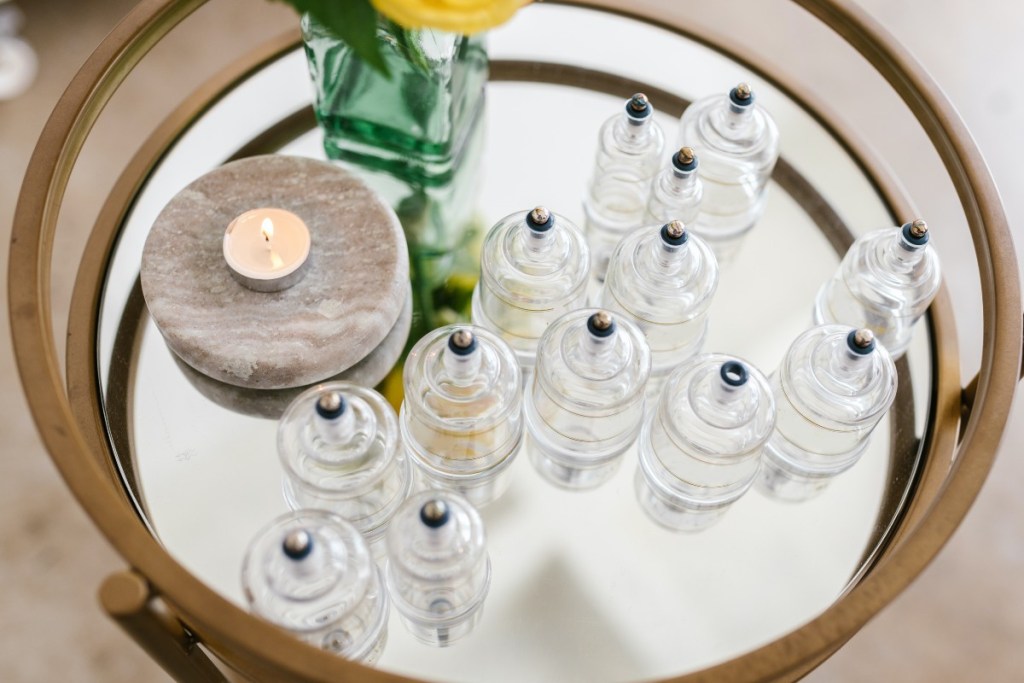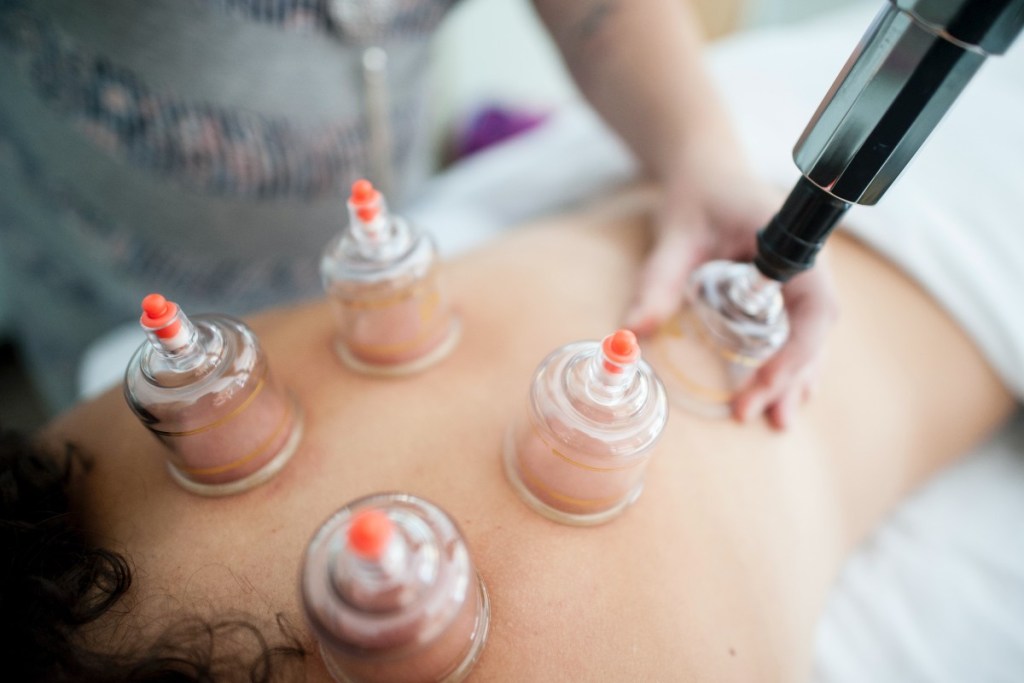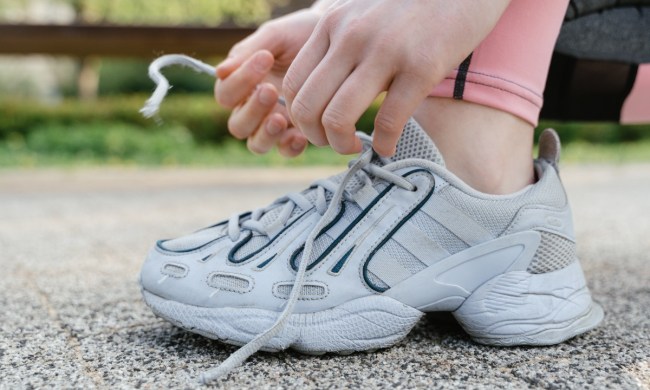In 2016, Olympic swimmer Michael Phelps made waves and not just for his domination in the pool. Fans noticed he was covered in red dots, the side effect of a technique known as cupping.
The truth is, cupping has been around for centuries. Its roots reportedly date back to ancient Chinese and Egyptian medicine. You can find the first known and documented mention of cupping in Ebers Papyrus, an ancient medical textbook from 1500 BC. Unlike massage, where a therapist presses into the skin, cupping involves using suction cups to pull on it. People continue to swear by the technique today.

Benefits of cupping
Advocates of cupping believe it has many perks, including:
- Pain relief, such as sore muscle recovery and arthritis
- Reduction in skin conditions like acne and shingles
- Migraine relief
- Lowered cholesterol
- Improved immune system
- Relief from facial paralysis
- Improvement of cervical spondylosis, a condition that affects the joints and discs in your neck, usually as you age
- Improved blood flow and circulation
The evidence on the benefits of cupping is limited. A 2015 literature review said cupping may aid in pain relief but said more evidence is needed. A 2012 review suggested it could help with facial paralysis, acne, and cervical spondylosis but also noted the need for more research.
Whether the science is there yet or not, some people swear it works for them, which is often enough to continue.
What happens during a cupping session
There are two types of cupping:
- Dry cupping, which utilizes suction alone.
- Wet cupping, where a practitioner makes small cuts into the skin to remove blood, in addition to suction.
During a cupping session, a practitioner will use heated glass cups and apply them to the skin of the area where you need relief. Cups are left in place for several minutes.
While the cup sits on your skin, the hot air inside of it will cool creating suction. As the temperature drops, the affected skin and muscles will be sucked into the cup.
With dry cupping, implements are kept in place for five to 10 minutes. The practitioner will typically take the cup off your skin sooner for a wet cupping session so they can make the small incisions. At the end of the session, the practitioner may put bandages or ointment on the cupped area to prevent infection.
Sometimes, people combine cupping with massage or acupuncture for optimal relief and comfort.

Potential side effects of cupping
The red dots on Phelps’ skin may have looked painful, but experts generally say cupping is a low-risk intervention. That said, knowing potential side effects can prevent you from worrying if you experience them. After a cupping session, you may:
- Feel dizzy, lightheaded, or nauseous
- Notice bruising, which may last for 10 days post-session
- Experience scarring
- Suffer a skin infection
Safety precautions to take before, during, and after a cupping session
Any treatment carries some level of risk, but you can reduce the odds you’ll experience adverse side effects by keeping a few things in mind.
- Talk to your doctor. If you are more prone to bruising or taking blood-thinners, cupping may not be a good option for you. A provider can give you the best advice on whether or not you should try cupping.
- Vet practitioners. Ask friends or colleagues who have tried cupping before who they used. Read reviews. Ask which method the practitioner specializes in (dry, wet, or both), and see if you can tour the facility to ensure it’s clean. You’ll also want to ask what the process is like at their office, such as if they use ointment or bandages to reduce skin infection risks.
- Ask about dietary instructions. Some practitioners suggest fasting or sticking to small meals two to three hours before a cupping session for the best experience.
Cupping sessions involve using heated suction cups to pull on a person’s skin and muscles, potentially bettering blood circulation and aiding in pain reduction. The research on cupping is limited, but people like Michael Phelps swear by it for muscle relief and recovery. It may also help with skin conditions, such as acne. During a cupping session, you may simply sit with the cups on your skin for about five to 10 minutes or undergo controlled bleeding. You can combine cupping with acupuncture or massage for added relief. The technique is typically low-risk, though you may notice redness or bruising in the cupped area for several days to more than a week post-session. It’s not for everyone. People with certain conditions that make them more prone to bruising, for example, should speak with their doctor first.
BlissMark provides information regarding health, wellness, and beauty. The information within this article is not intended to be medical advice. Before starting any diet or exercise routine, consult your physician. If you don’t have a primary care physician, the United States Health & Human Services department has a free online tool that can help you locate a clinic in your area. We are not medical professionals, have not verified or vetted any programs, and in no way intend our content to be anything more than informative and inspiring.



